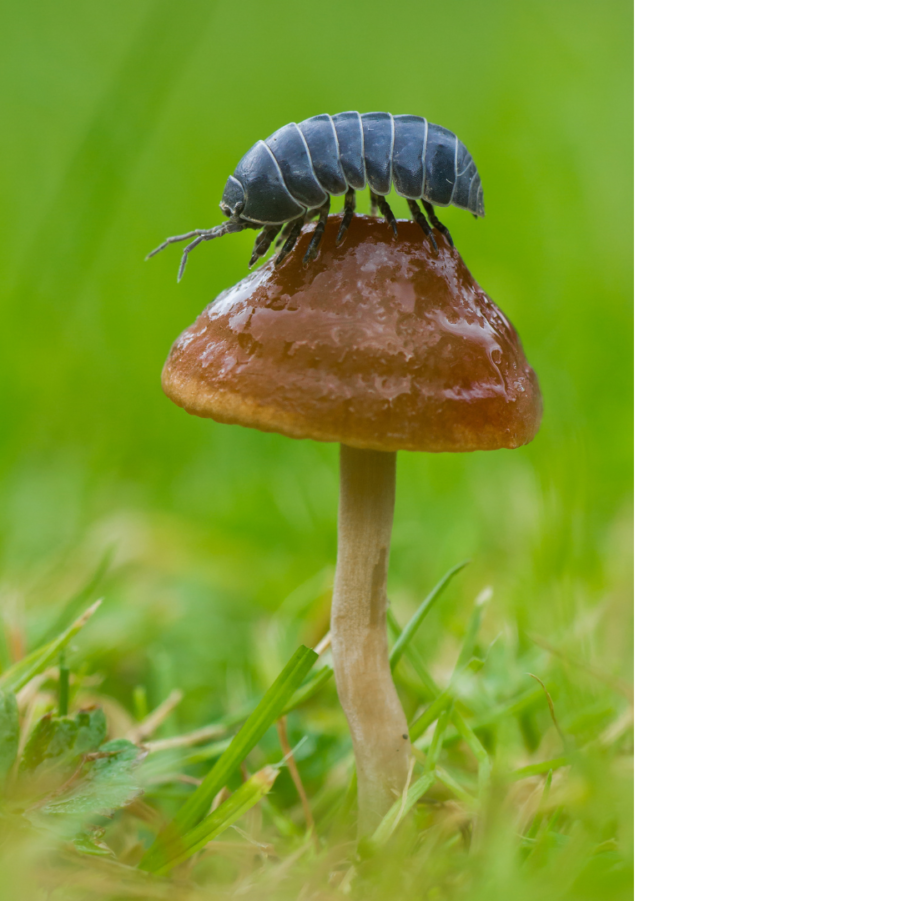Did you ever play with roly-polies as a kid? You can find these slow, plodding little tank-like bugs bumbling their way around under logs and rocks in many back yards. Their defensive ability to roll into a perfect little ball is fascinating and cute. But there’s more to these harmless bugs than meets the eye! Here are some awesome facts about the roly-poly.
1. Roly-polies are one of the most nicknamed invertebrates

These cute little critters have an unbelievable number of nicknames. The more I search, the more of them I find! All of these names probably come from that fact that roly-polies are harmless and extremely common in gardens and back yards. They can also be a common household bug in some climates. Here are just a few of the roly-poly’s many other nicknames:
- Cheeselogs
- Potato bugs
- Slaters
- Roll-up bugs
- Chuggy pigs
- Pill bugs
- Doodle bugs
2. They are more closely related to lobsters than insects
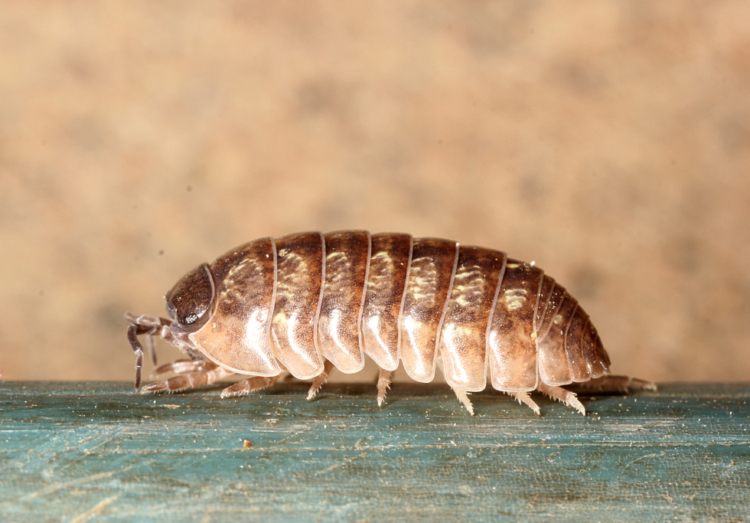
As it turns out, the roly-poly isn’t an insect, arachnid, or myriopod (the group that includes centipedes and millipedes). They are actually crustaceans in a very versatile order called the isopods. This means that their shells are made with calcium carbonate, the same material as sea-shells. The pillbugs close cousins are things like shrimp, crabs, and giant deep-sea isopods.
Being crustaceans also means that they have gills, unlike insects, which have breathing holes called spiracles. Because of their the way that they “breathe”, roly-polies need to be in moist environments where their gills stay wet. If their gills are dry, they can’t get enough oxygen! This is why finding a pillbug in your home means you may have problems with leaks and moisture.
3. The roly-poly has confusing lookalikes
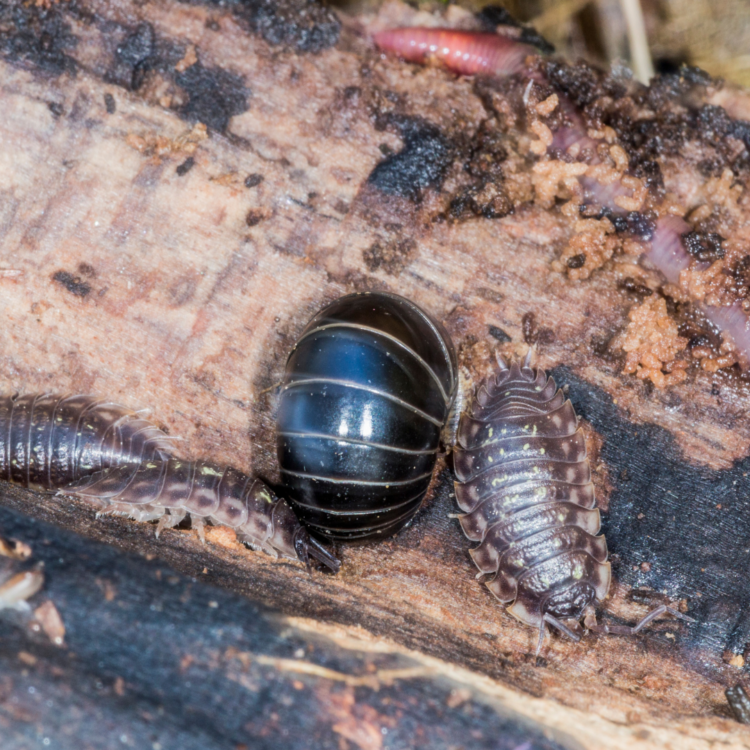
If you’re out searching for roly-polies in your neck of the woods, you may happen upon one of their lookalikes. The sowbugs (Porcellionidae) are a close cousin of roly-polies (Armadellidae), but belong to a different family. Unlike pillbugs, they can’t roll up! You can tell sowbugs apart because they typically:
- Are lighter in color
- Have a flattened profile
- Have sharp, flared extensions to their armored plates (called epimerons)
- Show two longer uropods, antenae-like structures poking out behind them
Sowbugs can’t roll up like roly-polies, but they are similarly harmless critters. Despite their nickname “woodlice”, they do not eat wood and will not damage your home.
4. The scientific name for their family comes from Armadillo
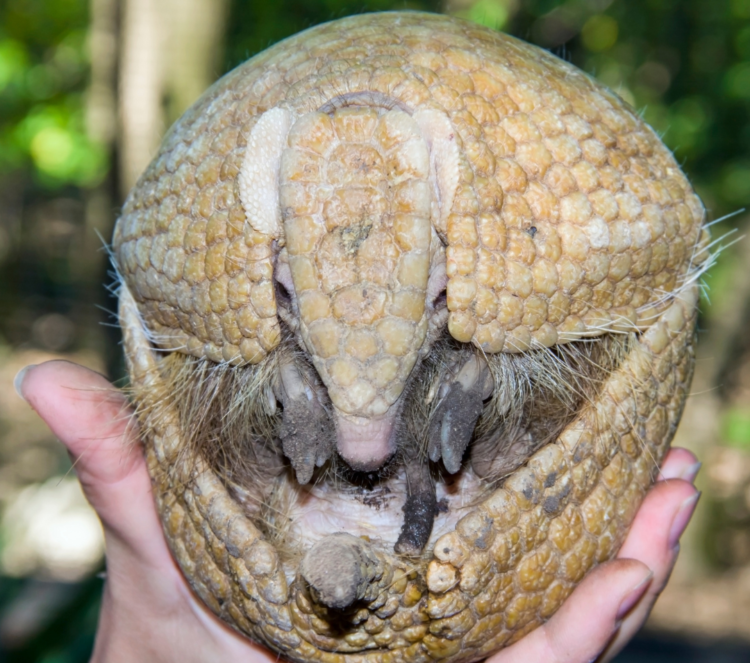
Pillbugs and armadillos really have a lot in common. They both have armored plates, and they can both roll in a ball to protect themselves from danger. It’s no wonder that scientists gave the family to which roly-polies belong the scientific name Armadillidiidae. There is also another related family of sowbugs called the Armadillidae, which has one genus actually named Armadillo. That is a nature fact both adorable and fun.
5. They are excellent decomposers
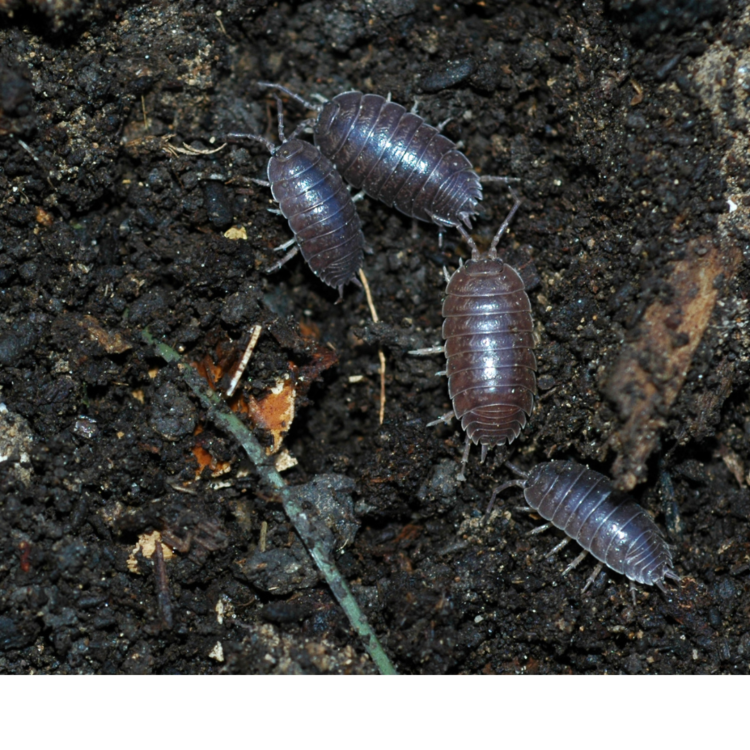
Like many other species, the roly-poly plays an important role in its local ecosystem. Although they can consume parts of life plants in very wet conditions, they specialize in dead plant matter. This makes pillbugs excellent decomposers. They convert leaf litter, compost, and other plant waste into useful soil.
Like many other decomposers, roly-polies can break down plant matter that other organisms find difficult to digest. They accomplish this with the help of an army of little microbes in their guts. After they and their team of microscopic digesters have been through, organic matter lying around on the ground has been converted to important soil nutrients.
Since they do great things for ecosystems and your garden, it’s best to leave roly-polies alone. They’re doing great work!
6. When the roly-poly rolls into a ball, it’s called conglobation
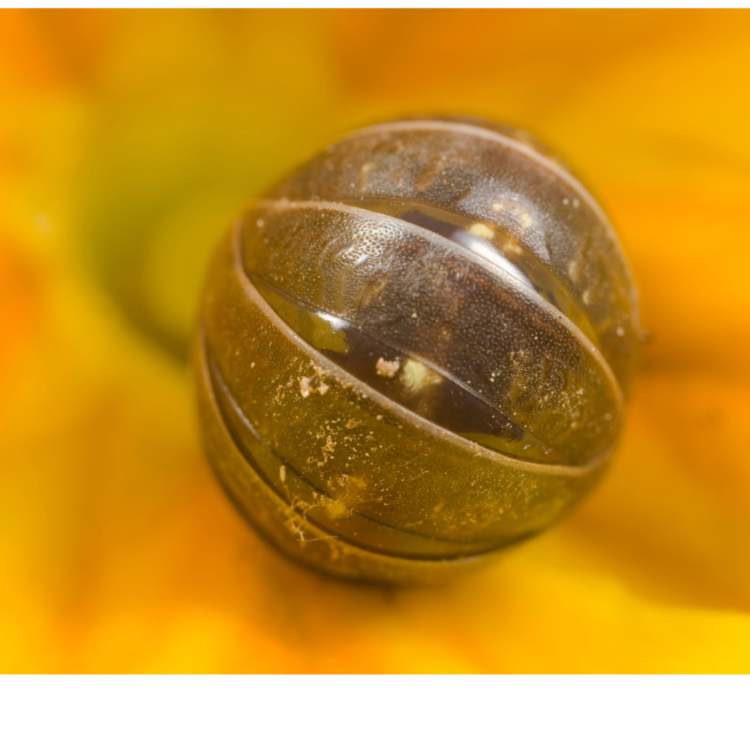
This is a great one for nature-nerds. Be sure to pull this cool word out at your next cocktail hour! Conglobation comes from the Latin con– meaning “with” or together”, and “globus” meaning globe, or round thing. So conglobation means “coming together into a ball”. Amazing.
This rolling behavior keeps roly-polies safe from predators, but may also protect them from drying out. Since roly-polies have gills but live on land, they have to be careful about conserving water. By making a globe-shape, the roly-poly can minimize the amount of surface area on their body from which water can evaporate.
If you’re planning a cannonball at a pool party, should you ask someone if you can conglobate into their pool?
7. They don’t have to pee
Most animals pee to prevent their body from building up toxic levels of chemicals like uric acid. This and other by-products of metabolism (the reactions that make us live) can accumulate in our bodies over time. If they do this too much and we can’t get rid of them, it can hurt our tissues and eventually be lethal. Roly-polies are extremely tolerant of the otherwise dangerous chemical ammonia, so they don’t need to pee like wee do. Instead, they release small amounts of it as a gas from pores in their exoskeleton.
8. Roly-poly mamas have pouches like kangaroos
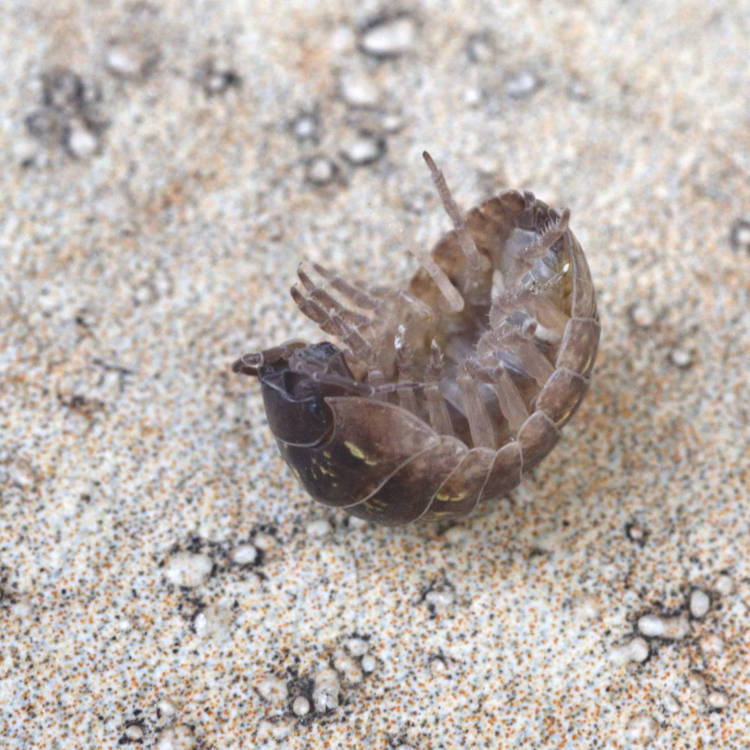
Parental care isn’t particularly common in bugs. Many species of insects and arachnids just lay their eggs and head on out. It’s typically a matter of “Good luck, have a great life!” and mom and dad are out.
Not so for roly-polies. Female roly-polies actually have a sort of pouch, called a marsupium on their underside where they hold their eggs. This is just like marsupial mammals like opossums, which protect their young in a special chamber.
If you pick up a roly-poly and see that the front half of its underside is pale, that may be a female with eggs in her marsupium. A magnifying glass would come in handy for checking that out!
Pillbugs can lay a brood of 100-200 eggs, that’s a lot to fit! Even after they hatch, the tiny babies will spend their first few days of life safe and snug inside the marsupium.
9. They can purify soil of toxic metals

Pillbugs’ bodies can separate out toxic metals from chemicals in their diet. They then store these metals in an inert and harmless fashion in a special part of their gut. This prevents those metals from harming the roly-polies’ body.
While many other bugs can’t survive in metal-contaminated soils, roly-polies can do just fine. Since they eat decaying plant matter and detritus, this means they can clean those metals from the soil.
As a result, scientists have been reaching how pillbugs can be used for bioremediation, or cleaning up polluted areas. They also act as “watchdogs” that researchers can use to test how much toxic metal pollution has turned up in an area.
10. The most common pillbugs aren’t native to North America

The most familiar roly-poly, Armadillidium vulgare, was actually introduced accidentally to North America. It’s native range is mainly the Mediterranean in southern Europe. They likely arrived in the Americas via trade in plants (horticulture).
A. vulgare can handle relatively drier environments than many other isopods, which has allowed it to spread throughout North America. Apparently they have had no negative effects on native ecosystems, because scientists don’t label them as invasive despite their introduction and large range.
12. Roly-polies can drink through their “butts”
Remember those uropods I mentioned earlier when describing sowbugs? Well, although they aren’t as visible, pillbugs have uropods, too. In fact, shrimp, lobsters, and many other crustaceans like roly-polies have these interesting appendages.
Although marine crustaceans often use their uropods for swimming or moving water over their gills, sowbugs and pillbugs have another use for them. They can actually use their uropods to take in water! This is a great adaptation for a bug that needs to stay wet, but has taken up a land-living (terrestrial) lifestyle.
Thanks for reading!
Have you had a recent encounter with these fascinating bugs? Did we miss another mind-blowing fact? Let us know in the comments! If you’ve got an idea for the next Wildlife Spotlight post, send a message using the Contact form.

